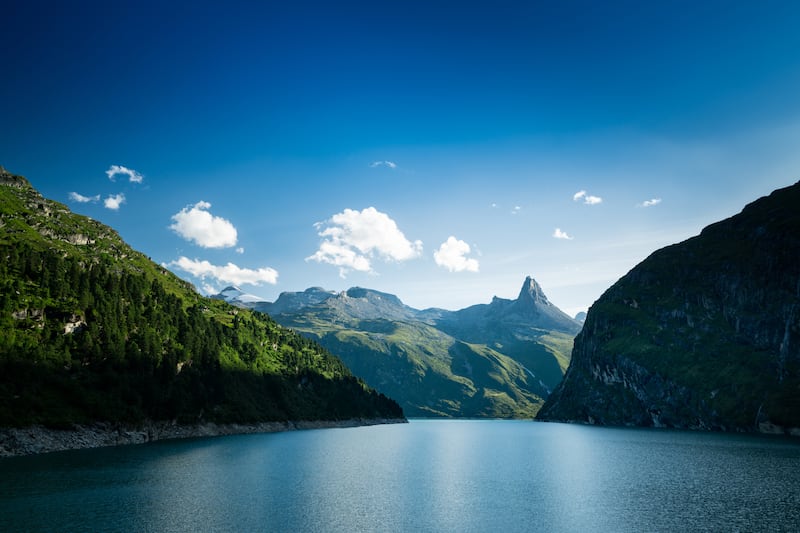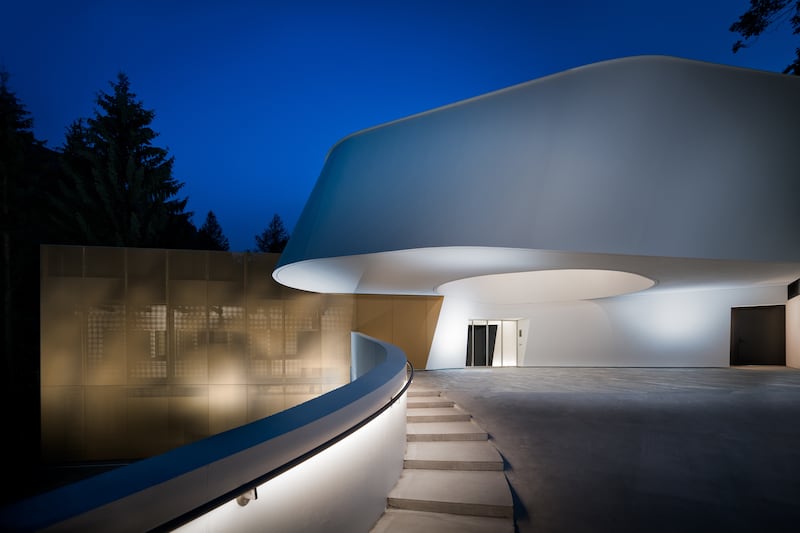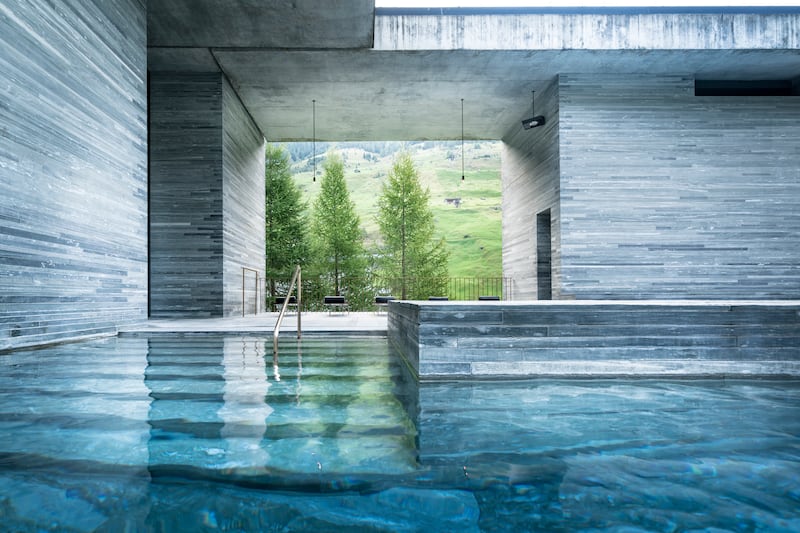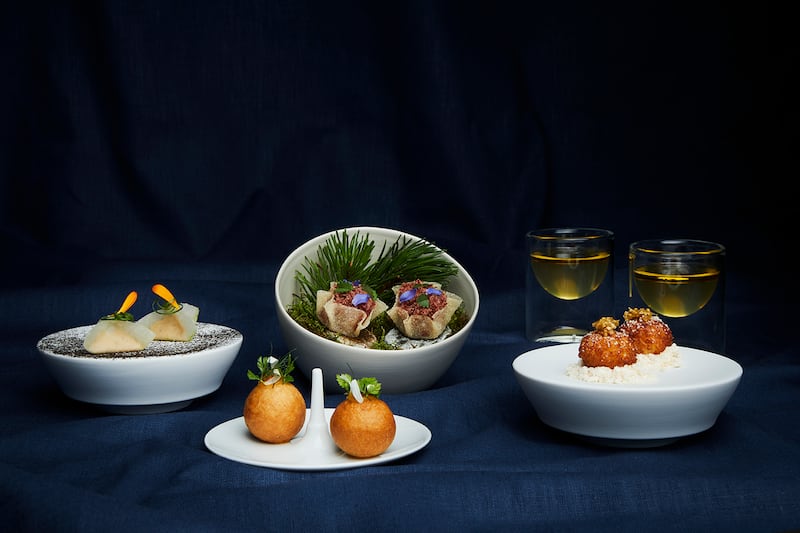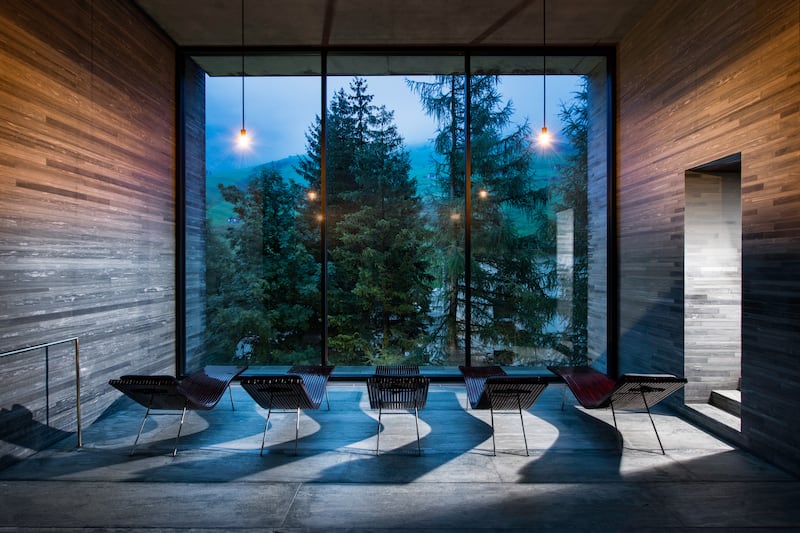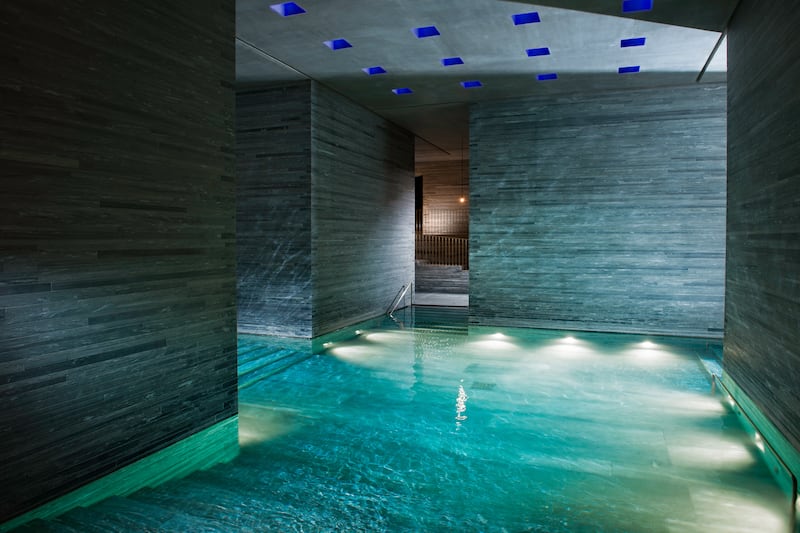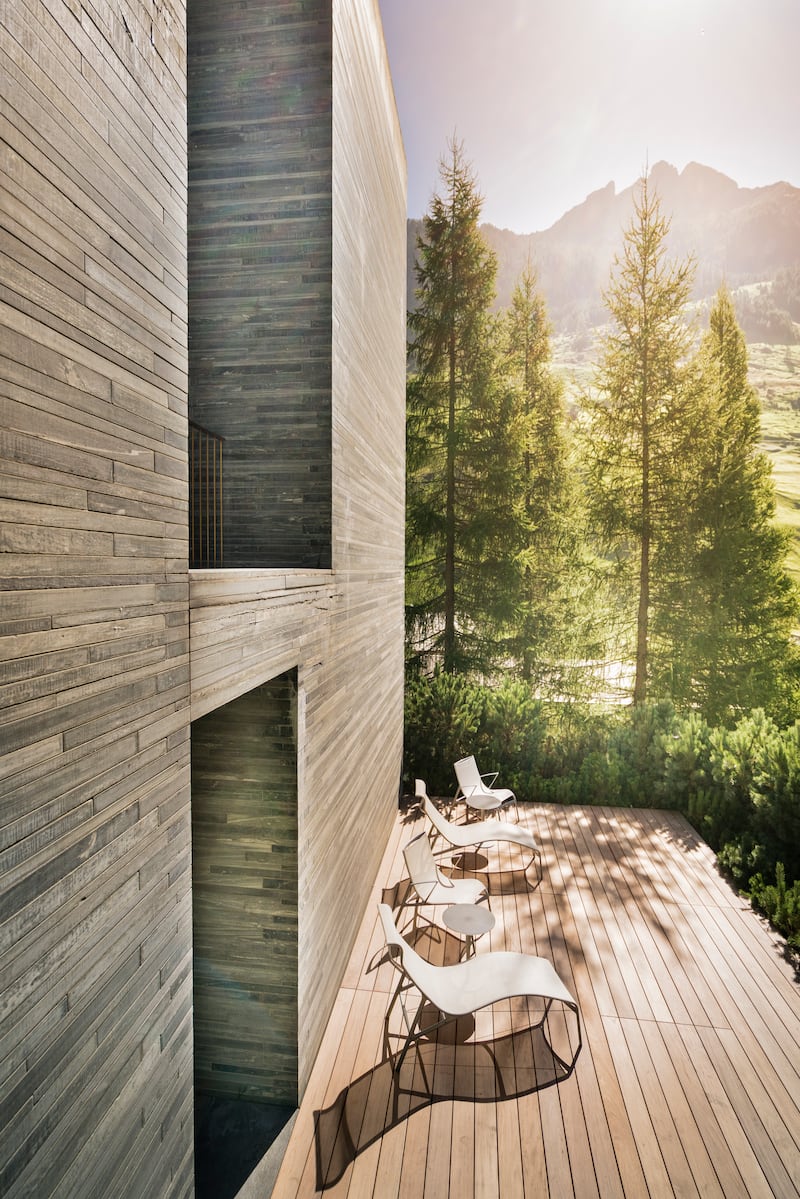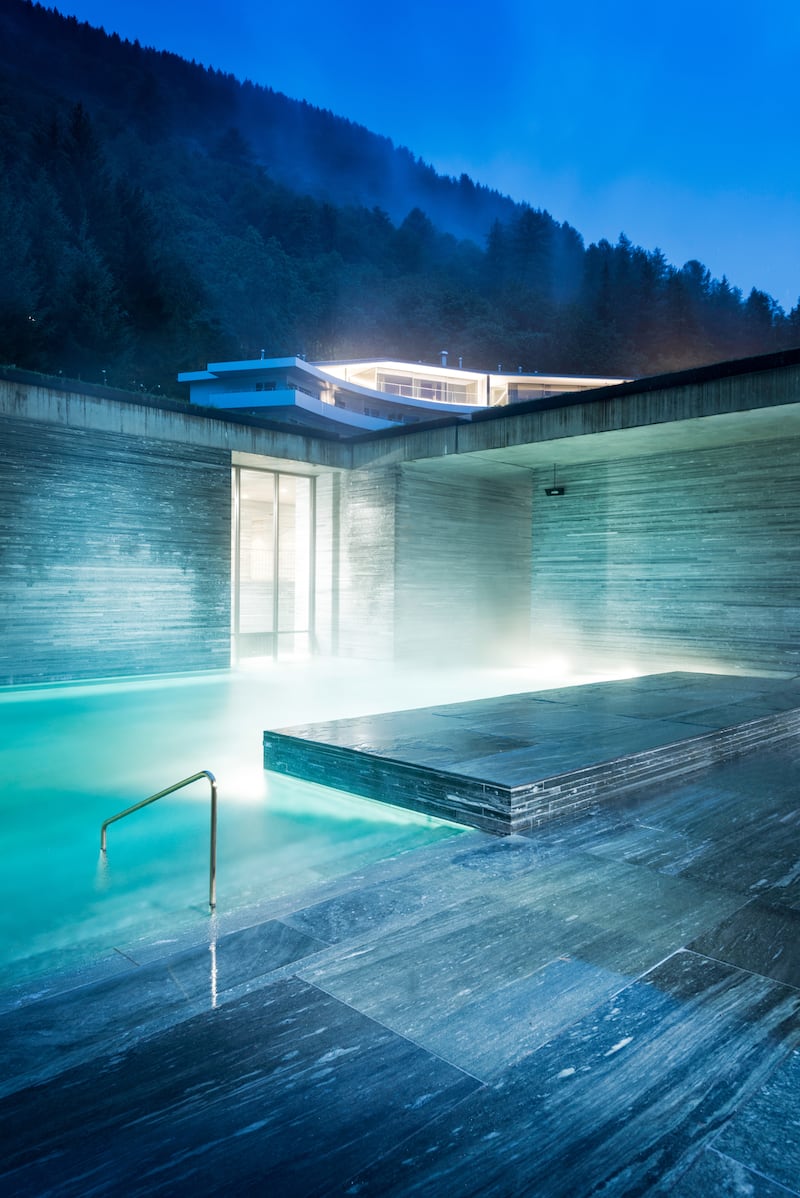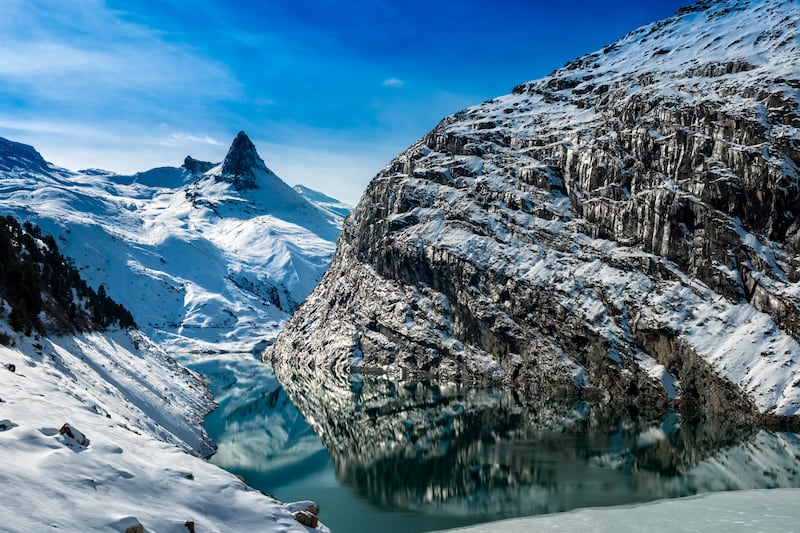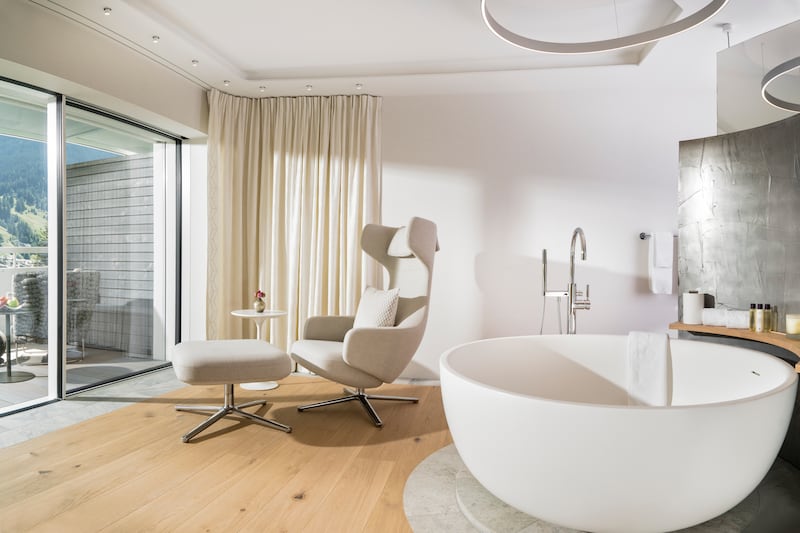In 1826, a pharmacist from the small alpine city of Chur, in eastern Switzerland, undertook a day-long journey through the mountains to the tiny village of Vals.
For 300 years, the 30°C water bubbling out of St Petersquelle, Vals’s thermal spring, had been the subject of animated conversation in the apothecaries of the surrounding valleys.
It had a slightly sulphury taste and a textured feel along the tongue, suggesting an unusually high mineral content. The pharmacist had come to do the first-ever chemical analysis on the spring water, hoping to find out why his colleagues believed it had some sort of healing powers.
For millennia, people have sought to escape disease and plague by travelling, sometimes huge distances, to “take the waters”. Thermal springs, gushing with hot, mineralised water from the depths of the Earth, were thought to have a curative effect – if not for the body then most certainly for the mind.
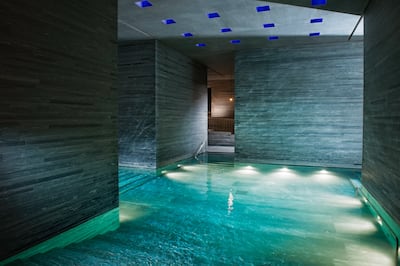
We live now, of course, in a time of plague – or at least, at the tail end of one. More than two years on from the first case of coronavirus, we have a pretty good handle on how to recover from it. But how do we recover from the pandemic? Not on a policy level – navigating a way back to a normal world is for politicians and experts to figure out. No, how do you and I, individuals afflicted, some of us in body but certainly all of us in mind, recover from having lived through so many months in pandemic mode? We are still figuring that one out.
In my search for curative effects, I travelled to Vals to taste St Petersquelle’s waters for myself. I was invited to stay at the 7132 Hotel, to which Therme Vals, a bath house like no other, is attached. I took in the unbeatable scenery of the mountains of Graubunden, Switzerland’s largest and proudest canton, from the balcony of my spa deluxe suite, and dined at the hotel’s Michelin-starred restaurant, where I slowly sipped on aged water.
I soaked in contemplative silence with other bathers in pools housed in different stone chambers at varying temperatures – not for hours, but for nearly two days straight. I was drenched in the hospitality of the hotel staff, which included town locals, graduates of the world’s finest hotel schools and refugees who felt they had been given the break of a lifetime. And I was consistently entertained by their efforts to balance a very Swiss desire to hew rigidly to the rules with the greatest hallmark of any five-star hotel: the need to bend those rules to the guest’s whims.
We are told getting over this pandemic will mean getting regular boosters. Well, there are boosters, and then there are boosters. Vals is the latter.
To reach it, I travelled across Graubunden. The canton’s magnificent red train, the Rhatischebahn, flows into nearly every major valley like a glacier. It takes you from Landquart, the main interchange coming in from Zurich, down to Chur, the cantonal capital. From there, another train takes you to the toy town of Ilanz, weaving over steel bridges and along alpine rivers, hugged by mountains that shoot right into the sky.
From Ilanz, it’s a slightly harrowing 40-minute bus journey, snaking along single-lane roads at the edges of cliffs in a way that constantly evokes mortality. But again, Graubunden is a dreamscape. There are worse places to go down.
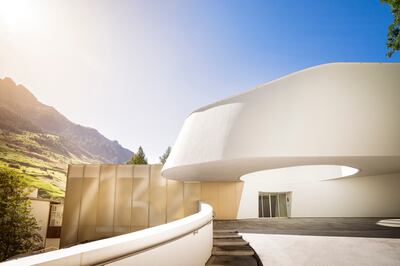
You would miss 7132 if you didn’t know what you were looking for. It, along with an earlier bath house, was built in the 1960s by a German entrepreneur who wanted to exploit Graubunden’s only thermal spring. Most of the hotel retains its 1960s, once-ultra-modern, now-ultra-ordinary façade – I thought at first it was an apartment block. When Swiss architect Peter Zumthor was commissioned by the town to redesign the complex, he retained the hotel’s main building and focused instead on the baths.
After getting off the bus from Ilanz, I made the mistake of following Google Maps, which led me to a set of about a thousand outdoor stairs ascending from the main thoroughfare to 7132’s service entrance.
You can avoid this error by arranging for the hotel to pick you up from the bus stop in one of its slick black Mercedes vans. That will deliver you up a sweeping ramp to the much more elegant main entrance: a discreet black door under an enormous white, curvy facade designed by the US architect Thom Mayne. It looks like a smooth shelf of snow projecting over the mountainside. You can also arrange transport by helicopter – 7132 is the only hotel in Switzerland with its own fleet. For guests staying in the sprawling penthouse, chopper pickup is complimentary.
Having had their last facelift 25 years ago, 7132’s interiors are at an awkward age in the world of spa hotels – a little too old to be contemporary, and a little too young to be vintage. It’s 1990s stylish. Shiny grey carpet and black-painted walls and ceilings are the vibe, with the occasional splash of red. The check-in area is a small, ill-defined bit of extra space between the restroom, the lifts and the bar and lounge.
But that’s not why you’re here. Zumthor knew that, and even the staff know it. In nearly every interaction that I had with the concierge, he seemed inordinately concerned that I was not at that very moment soaking in the bath house. Therme Vals is as much a site of pilgrimage for architecture buffs – it was awarded a Pritzker Prize, architecture’s Nobel – as it is one for those who need to convalesce. It is a collection of austere rooms, built from primordial stone, planted into a mountainside and brass-piped straight into the thermal spring.
It is one of the most Instagrammable places you will ever go, but there is not an influencer in sight, and you will never have the selfies to prove it. There are no cameras allowed in this spa, because, as Zumthor puts it: “This is no funfair.”
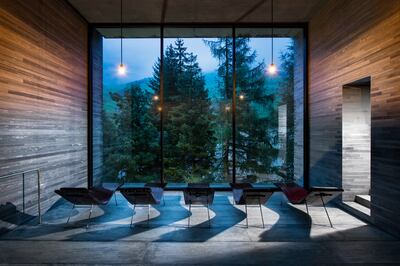
Bathing at Therme Vals is not taken lightly. The rooms are arranged in monastic fashion – the Vals stone from which the walls are made is ever-present, all-encasing. Bathers wander into these rooms and wade into the pools within – each of them unique in some way – in a deliberate manner. They wallow for a while, their bodies soothed but their minds in contemplation, meditating on stone and water.
Today, “Valser” is a popular brand of bottled water in Switzerland. The sole bottling plant, which takes all of the water from St Petersquelle that isn’t dispatched into Therme Vals, was bought by Coca-Cola in 2002. The brand has recently been marketed in the US as the company’s “Swiss secret”. The secret, really, is calcium. One litre of Valser water supplies half of the amount the average adult needs in their daily diet, and it does this while containing a low amount of sodium (an unusual quality for highly mineralised waters).
To get to this level of mineralisation, the water starts as rain that falls atop the peak of Piz Aul, the large mountain that stands watch over Vals. From the peak, it takes anywhere between two and 200 years to work its way into the mountain’s heart, filtering past billions of tonnes of quartzite and slate through little cracks and crevices, before re-emerging through the spring. For those who want to imbibe the stuff in its purest form, one of the pipes at Therme Vals, found above the Drinking Stone, supplies it straight from the mountain into your cupped hands.
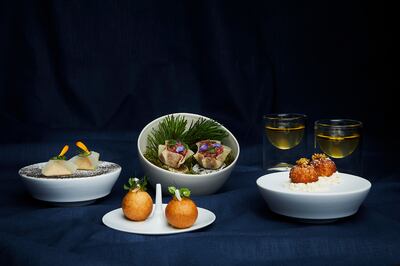
But for those who prefer a sense of ceremony, that can be found at Silver, 7132’s premier restaurant, where a serving of it will be offered to you with special reverence in a stone cup, as a palette cleanser during dinner.
Dinner at Silver, which carries not one, but two Michelin stars, is a four-hour affair, with nine courses. Each is presented in almost-sculptural form on sparkling plates that act as a white, porcelain canvas for whatever the chefs have spent the past 25 minutes preparing. When they bring it out, a member of the kitchen staff comes over and explains not only the ingredients, but also the philosophy behind the dish you’re about to enjoy.
The chefs, led by the German-born, 30-something Mitja Birlo, are a young crew of men and women, a few of them with piercings and sleeve tattoos. Several times a week, they forage the surrounding mountains for fresh ingredients, and sit down to run through ideas for refreshing the menu.
When the water arrived, Ali Karimi, the staff member who brought it out, explained its provenance. The particular artery of the St Petersquelle spring network that carried it down the mountain took about 25 years to get from the peak to the collection point.
You don’t encounter many “Alis” in Vals. As a journalist coming from the Middle East, seeing his name badge was a pleasant surprise, so I asked him where he was from.
Twenty-five years ago, when the water in my glass first rained on to Piz Aul, when Zumthor had only just completed his work on Therme Vals, Ali was a young boy in the small town of Behsud, in the centre of Afghanistan. When he tells me this I am left completely speechless for a moment, because it is the same place where my own grandfather was born. The civil war had only just ended, but Taliban rule had just begun.
In 2014, when Ali was in his early twenties and the US war in Afghanistan was at a crescendo, he decided to make his way to Europe, overland through Iran and Turkey, as thousands of other Afghans were doing at the time.
He decided to try his hand in Switzerland after hearing from a friend that a hotel in Vals, the 7132, was looking for a dishwasher. Although Ali was new to Switzerland and it was not yet certain whether he would even be able to stay, when he showed up at the door the hotel decided to give him a shot. After a while, he left for a job at another restaurant, but when Silver had an opening a couple of years ago, this time to work as a host and to train on the chef track, they rang him up and asked him to come back.
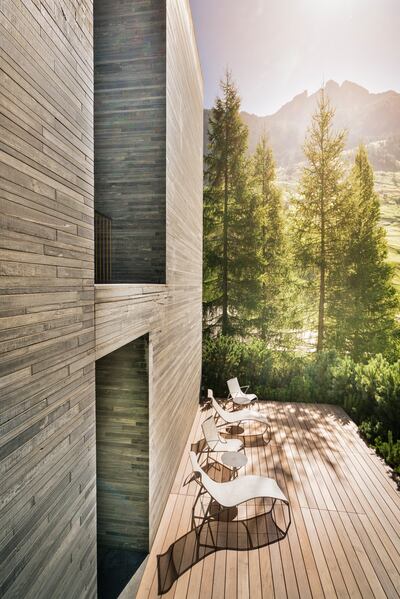
The morning after my dinner, just after day break, I took the lift from the hotel down for one last visit to Therme Vals. I took my robe off and opened the large glass door leading on to the bath house’s outdoor terrace, pushing past a blast of icy wind to make my way to the Ausbaden, the terrace’s large, open-air pool.
There, I got my final lesson in the ways of water. I experienced the stuff in all its forms at once. I soaked in it at 36 degrees and watched it dance as it rose from the surface as steam, tossed around by the dense, minus-eight-degree air. I saw it powdering the mountains in front of me, and I felt it melt from ice back to liquid under my fingers as they gripped the pool’s edges.
I looked up at the sky and saw it bunched up there in a thickening cloud. At some point, the cloud would break into rain, wash over the top of the mountain and make its way down through the nooks and crannies of the ancient stone. And in a couple of years, or maybe a generation, or maybe 10, it would find its way back up. And people would come from everywhere, as I did, to marvel at it, to taste it, to bathe in it, to wash whatever was happening in the world beyond the valley out of their minds and to recover.
